Finding the Right Blank PCB Board Supplier: A Comprehensive Guide

Printed circuit boards (PCBs) are the backbone of modern electronics, silently enabling everything from our smartphones to complex industrial machinery. But before these intricate pathways are populated with components, they start as blank canvases – the humble blank PCB board. Finding the right blank pcb board supplier is crucial for ensuring the quality and success of any electronic project, whether you are a hobbyist or a large-scale manufacturer. This article explores the essential factors in choosing a supplier and guides you through the process, focusing on finding the best fit for your needs, all while highlighting key industry information.
Understanding Blank PCB Boards: Types and Materials

Blank printed circuit boards (PCBs) serve as the foundational substrate for electronic circuits, providing a non-conductive base upon which conductive pathways and components are assembled. Understanding the various types and materials of these boards is crucial for selecting the appropriate option for any electronic project.
The fundamental construction of a blank PCB involves a substrate, which provides mechanical support, and conductive copper layers, which form the electrical traces. These layers are separated by an insulating material. Different types of PCBs vary primarily in the number of conductive layers and the substrate material used.
- Single-Sided PCBs
These boards have a single layer of conductive material (typically copper) on one side of the substrate. They are suitable for simple circuits with fewer components and lower density requirements. Due to their simplicity, they are generally the least expensive type. - Double-Sided PCBs
Double-sided PCBs have a conductive layer on both sides of the substrate, allowing for more complex circuit designs. They often incorporate vias, which are plated-through holes connecting the layers, enabling more intricate routing. These are suitable for medium complexity applications, providing greater versatility compared to single-sided boards. - Multi-Layer PCBs
Multi-layer PCBs consist of three or more layers of conductive material, separated by insulating layers. These boards are used for highly complex circuits that require high density routing, such as in computers, advanced communication systems, and industrial control equipment. The layers are connected through vias.
| Material | Description | Common Applications | Advantages | Disadvantages |
|---|---|---|---|---|
| FR-4 | Glass-reinforced epoxy laminate, the most common PCB substrate material. | Most consumer electronics, industrial controls, and general-purpose circuits. | Good balance of cost, performance, and mechanical strength, widely available | Not suitable for high-frequency applications. |
| Aluminum | Aluminum substrate with a thin dielectric layer and a copper foil. | LED lighting, power electronics, high power circuit. | Excellent heat dissipation, better mechanical strength. | More expensive than FR-4, more challenging fabrication. |
| Flexible Substrates (e.g., Polyimide) | Flexible plastic material with a conductive layer. | Wearable electronics, automotive, aerospace, and mobile phones. | High flexibility, lightweight, good for dynamic applications. | More expensive than FR-4, difficult to handle during assembly. |
The selection of PCB type and material depends on the intended application, performance requirements, cost constraints, and environmental considerations. For example, high-frequency applications might require materials with low dielectric constants, while high-power applications necessitate excellent heat dissipation capabilities. Selecting the correct material is critical for the performance and long-term reliability of the final product.
Key Factors in Choosing a Blank PCB Board Supplier
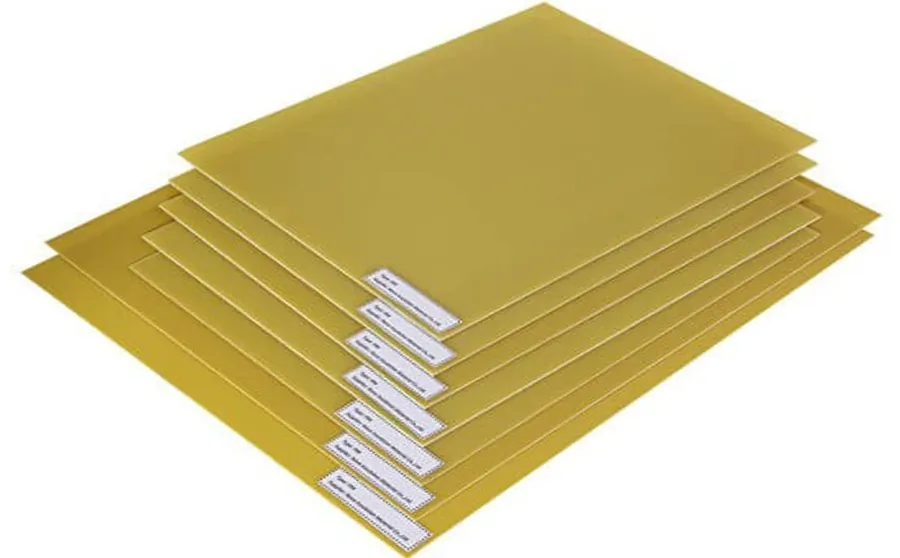
Selecting the right blank PCB board supplier is crucial for ensuring the quality and reliability of your electronic products. Several key factors must be considered, including board quality, manufacturing capabilities, turnaround time, cost, and adherence to industry certifications and standards. A thorough evaluation of these aspects will help in establishing a robust supply chain and reducing potential manufacturing setbacks.
- Board Quality
The quality of the blank PCB directly impacts the performance and longevity of the final product. Factors such as material composition, surface finish, and dimensional accuracy are key indicators of quality. Rigorous quality control measures during manufacturing are also essential to prevent defects. - Manufacturing Capabilities
Assess the supplier's manufacturing capabilities in terms of the types of boards they can produce (single-sided, double-sided, multilayer), the complexity of designs they can handle, and the materials they work with. Ensure they possess the necessary technology and expertise to meet your project's requirements. - Turnaround Time
Turnaround time, from order placement to delivery, can significantly affect project timelines. Evaluate the supplier's typical lead times and their ability to meet your deadlines. Consider any potential delays due to rush orders or complex designs. - Cost
While cost is an important consideration, it should not be the sole determinant. Evaluate the overall value proposition, balancing cost with quality, reliability, and service. A detailed cost breakdown should consider factors such as tooling, material, and manufacturing costs. - Certifications and Standards
Check that the supplier adheres to relevant industry certifications and standards, such as ISO 9001 or IPC standards. These certifications confirm that the supplier follows established manufacturing processes and quality control protocols.
Evaluating Supplier Manufacturing Capabilities
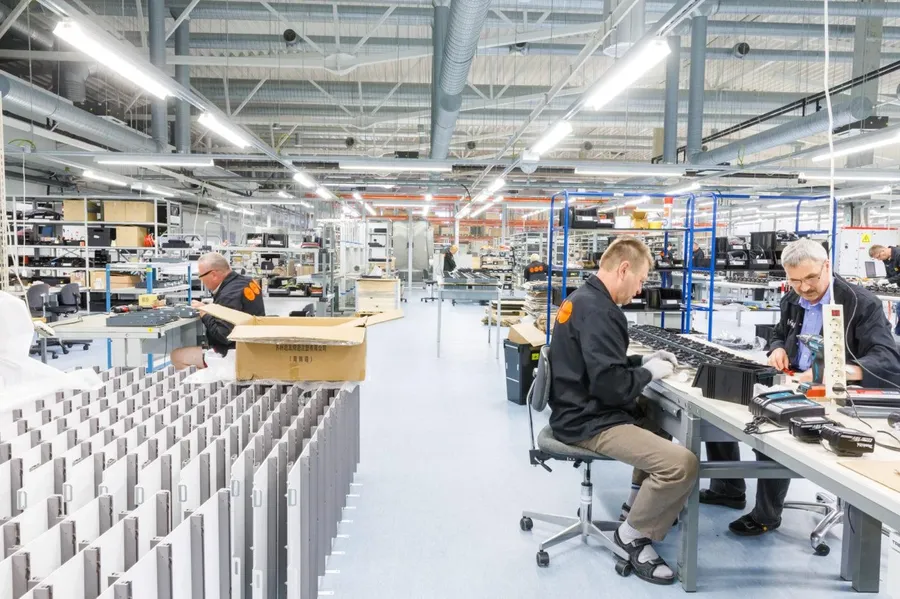
A critical aspect of selecting a blank PCB board supplier is a thorough evaluation of their manufacturing capabilities. This ensures that the supplier can meet your project's specific requirements, from production volume to technical specifications. This section delves into the key capabilities you need to consider, such as minimum order quantities, panelization options, and surface finish choices, to guarantee your designs can be brought to life effectively.
When assessing manufacturing capabilities, there are several crucial factors to consider:
- Minimum Order Quantity (MOQ)
MOQ is the smallest number of PCBs that a supplier is willing to produce in a single order. It can vary widely between suppliers, ranging from a few prototypes to hundreds or thousands of units. Understanding the supplier's MOQ is crucial for project budgeting and planning. If your project is a prototype or a small batch production, confirm the supplier’s flexibility and associated costs. - Panelization Options
Panelization involves grouping multiple PCB designs on a single manufacturing panel. This can significantly reduce costs, especially in high-volume production. Suppliers should offer various panelization options including tab-routing, v-scoring, and full routing. The choice depends on the board design, and the assembly method required after PCB fabrication. Make sure the supplier can meet your panelization requirements. - Surface Finish Options
Surface finish protects the copper circuitry on your board from oxidation and corrosion, and ensures good solderability during assembly. Common finishes include HASL (Hot Air Solder Leveling), ENIG (Electroless Nickel Immersion Gold), Immersion Tin, and OSP (Organic Solderability Preservative). Each offers different benefits in terms of cost, durability, and solderability. The choice depends on the application and environmental conditions of your finished device. Ensure that the supplier offers finishes that meet your requirements. - Layer Count Capabilities
The layer count refers to the number of copper layers in a PCB. Basic boards have one or two layers, but complex electronics often require multi-layer PCBs (4, 6, 8, or more layers). Assess whether the supplier’s manufacturing equipment is capable of producing the needed layer counts, especially for advanced designs. - Board Thickness and Size
Ensure the supplier can manufacture PCBs within your project's size and thickness requirements. Board thickness can affect the overall rigidity and weight of your electronics, while board size limitations may constrain your design. Confirm the supplier can manufacture PCBs within the necessary size and thickness ranges. - Copper Weight Capabilities
Copper weight is the thickness of the copper layer, typically measured in ounces per square foot. Higher copper weights are used to carry more current or create robust power layers. Make sure the supplier can achieve your required copper weight, especially for high current boards. - Drill Size and Precision
The drill size is crucial for through-hole components and vias. Check that the supplier has the ability to drill to your smallest specified size and with the level of precision your design requires. High precision drilling is necessary for dense designs and small components. - Material Options
Besides FR-4, confirm that the supplier can work with alternative substrates like Aluminum and flexible materials if required for your application. Different materials have different thermal and mechanical properties. Ensure your supplier can meet any requirements beyond standard FR-4.
Cost Considerations and Pricing Models
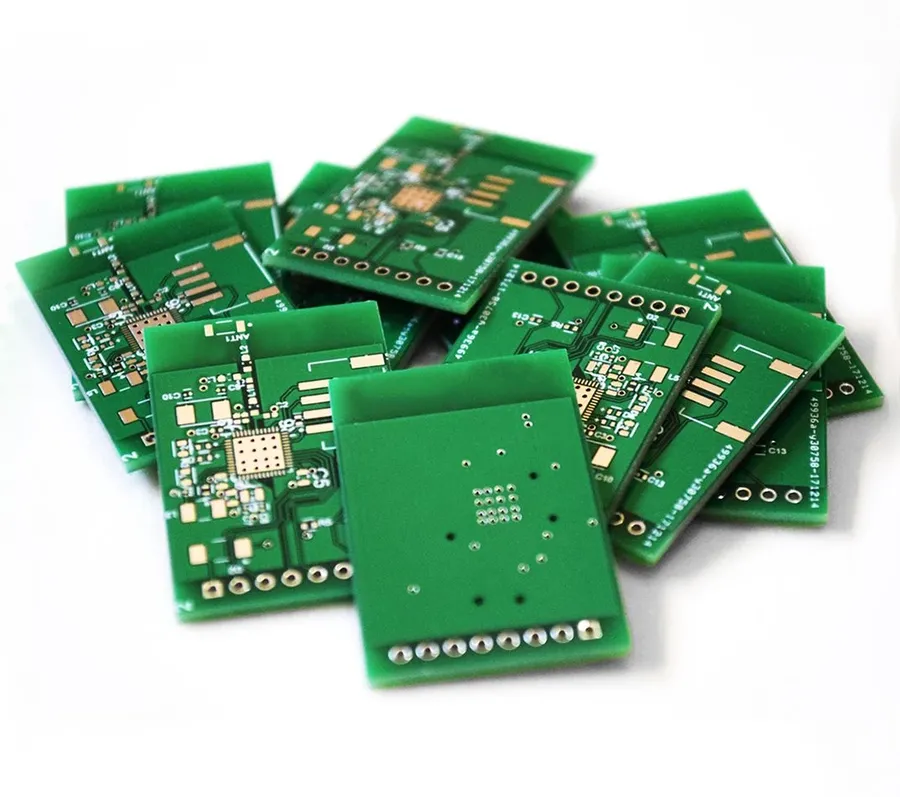
Understanding the pricing structure for blank PCB boards is crucial for budget management and project planning. The cost of a blank PCB is influenced by a multitude of factors, including board size, complexity (number of layers), material type, and order quantity. Effectively evaluating these factors and comparing quotes from multiple suppliers is essential to ensure cost-effectiveness and maximize return on investment.
| Cost Factor | Description | Impact on Price |
|---|---|---|
| Board Size | The physical dimensions of the PCB. | Larger boards require more material, thus increasing cost. |
| Complexity (Number of Layers) | Number of conductive layers within the PCB. | More layers lead to higher manufacturing complexity and cost. |
| Material Type | The substrate material used (e.g., FR-4, aluminum, flexible materials). | Advanced materials like aluminum and flexible substrates are more expensive than standard FR-4. |
| Order Quantity | The number of PCBs ordered at once. | Larger quantities often lead to lower per-unit costs due to economies of scale. |
| Surface Finish | The type of protective coating applied to the board (e.g., HASL, ENIG). | More advanced finishes like ENIG are more expensive than HASL. |
| Panelization | The practice of grouping multiple PCBs on a single panel. | Panelization can reduce costs, but may incur additional tooling charges |
Pricing models often vary among suppliers. Some offer fixed pricing based on board specifications, while others may use a tiered approach where unit costs decrease with higher volume. It is critical to obtain detailed quotes that clearly outline all cost components, including setup fees, tooling charges, and shipping costs to facilitate an informed price comparison. Analyzing these variable costs and fixed costs can determine the best value for your budget.
Quality Control and Reliability Assurance
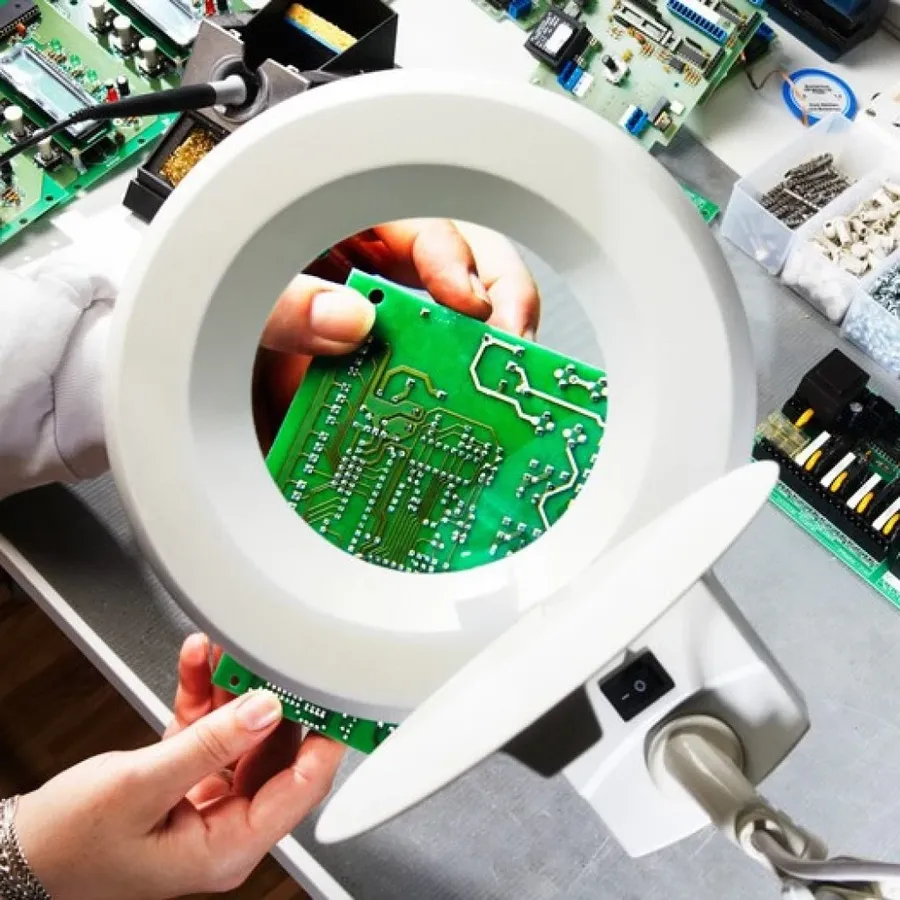
Rigorous quality control is paramount in the blank PCB board manufacturing process to ensure the final product meets specified performance and reliability standards. This involves meticulous inspection, testing, and material traceability throughout the manufacturing cycle, from raw materials to the finished boards.
Material traceability is critical in PCB manufacturing. It ensures that the origin and characteristics of every material used, such as the base laminate, copper foil, and surface finish, are well documented. This not only helps to maintain consistency in the manufacturing process but also allows for quick identification and resolution of issues related to material defects.
Testing is an integral part of quality control. PCB manufacturers often conduct a series of tests, including visual inspections, electrical tests (like continuity and isolation tests), dimensional checks, and often more advanced methods like impedance testing depending on the board requirements. These tests aim to confirm that the board's design, functionality, and integrity adhere to specifications. Furthermore, it should be noted that a key element of any quality control process is maintaining a documented audit trail, which helps to quickly identify and mitigate defects, and allows for continuous process improvement by the manufacturer.
| Quality Control Parameter | Description | Purpose |
|---|---|---|
| Visual Inspection | Examination of physical characteristics of the board such as layer alignment, solder mask quality, and via integrity. | To detect defects that are visible to the naked eye. |
| Electrical Testing | Testing for continuity, shorts, and insulation resistance. | To ensure the circuit functions as designed without any electrical faults. |
| Dimensional Checks | Verification of PCB dimensions, thickness, hole diameters, and spacing. | To ensure the board fits into its intended enclosure and functions accurately. |
| Impedance Control Testing | Measurement of impedance in traces, especially high-speed signaling layers. | To ensure the circuit provides the correct signal integrity for high-speed components and design requirements. |
| Material Verification | Confirmation of material type and thickness. | To ensure the board meets the specified performance requirements. |
Blank PCB Board Supplier Options: Online vs. Local

Sourcing blank PCB boards involves a crucial decision: whether to opt for online platforms or local suppliers. Each avenue presents distinct advantages and disadvantages that directly impact project timelines, costs, and communication effectiveness. The optimal choice is heavily dependent on the specific needs and priorities of the project and the organization.
| Feature | Online Suppliers | Local Suppliers |
|---|---|---|
| Lead Times | Typically longer due to shipping and potential production queues. | Potentially faster, especially for prototypes or smaller runs, offering in-person pick-up options. |
| Shipping Costs | Can be substantial, particularly for international shipping. Added costs for expedited shipping. | Generally lower, especially for local pickups. Reduced or no shipping costs with pick up. |
| Pricing | Often more competitive due to economies of scale and higher volume operations. | Potentially higher per-unit cost due to smaller production runs and overhead, but flexible pricing may exist. |
| Communication | Primarily digital communication (email, chat). May have slower response times or less direct interaction. | Direct, face-to-face interactions, enabling easier clarification, quick problem solving and a deeper relationship with the supplier. |
| Manufacturing Capabilities | Wide range of options, from standard to highly specialized. Some may offer turnkey assembly. | May offer specialized processes, and quick turn capabilities for prototyping. Can be less standardized but more flexible. |
| Quality Control | Quality varies widely; crucial to verify certifications and customer reviews. Inspection can be more challenging. | Quality control is easier to assess directly. Can potentially ensure closer adherence to quality standards through in-person visits. |
| Minimum Order Quantities (MOQ) | MOQ are usually higher and can be a barrier for smaller projects. | MOQ are often lower, and more negotiable allowing for flexibility in order size. |
Frequently Asked Questions about Blank PCB Board Suppliers
Navigating the world of blank PCB board suppliers can raise several questions. This section addresses common inquiries to provide clarity and assist in making informed decisions. We'll delve into aspects such as supplier size, terminology, and the cost drivers associated with PCBs.
- Who are the largest PCB suppliers globally?
Identifying the absolute 'biggest' PCB supplier is complex due to variations in reporting and market segmentation. However, companies like TTM Technologies, Unimicron, and Nippon Mektron are frequently cited as major global players based on revenue and production volume. These large suppliers often cater to high-volume, diverse applications across industries. - What is another name for a blank PCB?
A blank PCB is commonly referred to as a 'bare board' or 'unpopulated PCB'. These terms describe the substrate before any electronic components are attached. These are the base from which all circuits are built upon. - Why can PCBs be expensive?
The cost of PCBs is influenced by several factors: material selection (e.g., FR-4, aluminum, flex), complexity (number of layers, fine lines, vias), surface finish (e.g., ENIG, HASL), order quantity, and manufacturing tolerances. Advanced technologies, stringent quality controls, and specific customer requirements also contribute to cost variations. Additionally, raw materials and the cost of precision manufacturing drive expenses. - Who are the primary manufacturers of PCBs?
PCB manufacturers range from small, specialized shops to large, multinational corporations. Many manufacturers are located in Asia (especially China, Taiwan, and South Korea) but there are also key players in North America and Europe. The choice of manufacturer depends on factors like the specific PCB design, volume, and cost requirements. - What factors affect the turnaround time of blank PCB orders?
The turnaround time for blank PCB orders varies based on the board's complexity, the supplier's capacity and current workload, and any special processes required (like specific surface finishes). Expedited services are generally available, but they come at an additional cost. Also, the geographical location of the supplier can impact shipping times. For complex boards with advanced features, the turnaround time may increase due to manufacturing requirements. - How does the order quantity impact the price of a blank PCB?
In PCB manufacturing, there's a significant economy of scale. Larger orders tend to have a lower per-unit cost due to reduced setup and handling costs. The initial costs in PCB production are largely associated with setting up the equipment and processes for each design. Therefore, the more boards produced from a single setup, the less the per-unit cost becomes.
Comparative Analysis of Blank PCB Board Suppliers
Selecting a blank PCB board supplier requires a careful comparison of multiple factors. This section provides a comparative analysis of several popular suppliers, focusing on key aspects that influence the selection process. By evaluating suppliers based on metrics such as turnaround time, minimum order quantity, quality control, and cost, users can make informed decisions tailored to their specific needs and project requirements.
| Supplier | Turnaround Time | Minimum Order Quantity | Quality Control | Cost (per board) | Key Features |
|---|---|---|---|---|---|
| Supplier A | 3-5 days | 10 | IPC Class 2 | $5-10 | Online platform, good for prototyping |
| Supplier B | 7-10 days | 50 | IPC Class 3 | $8-15 | Good for medium-sized production, offers advanced materials |
| Supplier C | 1-2 weeks | 100 | ISO 9001 certified | $10-20 | High-volume production, strict quality control |
| Supplier D | 2-3 days (express) | 5 | Standard checks | $15-30 | Express service, suitable for urgent projects |
| Supplier E | 10-15 days | 500 | ISO certified | $3-8 | Cost-effective for large orders, bulk discounts |
Actionable Tips for Ordering Blank PCBs
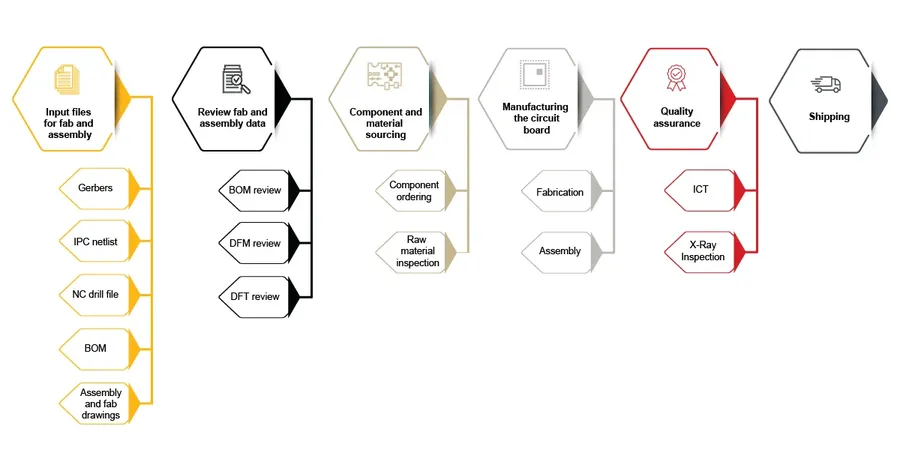
Ordering blank PCBs requires careful preparation and clear communication to ensure a smooth manufacturing process. Following these actionable tips will help avoid common pitfalls and achieve the desired outcome. This includes properly preparing your PCB designs and effectively communicating your needs with the chosen supplier.
- Thorough Design Review
Before submitting your PCB design, perform a meticulous review. Check for design rule violations, ensure proper clearances, and verify that all component footprints match the chosen parts. Use a reliable PCB design software to detect potential issues. - Generate Accurate Gerber Files
Gerber files are the standard format for PCB manufacturing. Generate them accurately, including all necessary layers (copper, solder mask, silkscreen, drill). Double-check that the files correspond precisely to your design, and include a drill file with the correct units, such as either inches or mm. Incorrect Gerber files lead to manufacturing errors. - Specify Material and Layer Stackup
Clearly indicate the required material for your PCB boards, such as FR-4 or aluminum. If your design involves a multilayer board, provide a precise layer stackup diagram indicating the order of layers and the core/prepreg thicknesses. This information is critical for the supplier to ensure accurate fabrication. - Provide Clear Manufacturing Instructions
Include all necessary manufacturing specifications, such as the board's thickness, surface finish (e.g., HASL, ENIG), and any special requirements (e.g., controlled impedance, impedance, via type). This eliminates ambiguity and ensures the supplier manufactures the board according to your expectations. - Panelization Strategy
If ordering multiple identical PCBs, consider panelizing your design to reduce cost and improve manufacturing efficiency. Discuss panelization options with your supplier, ensuring that the panel layout meets their requirements and your specifications. Include break-away tabs and fiducial marks as needed. - Clarify Tolerances
Specify the allowed tolerances for critical dimensions. This will ensure that the manufactured board meets your needs, including, for example, board thickness, hole sizes, and conductor widths. Address issues of impedance control with your chosen supplier, and provide relevant specifications for your design. - Effective Communication
Maintain open and clear communication with the supplier. Promptly address questions, concerns, or potential issues. Confirm the manufacturing specifications and timelines before production begins. Check order status regularly and make contact with your supplier, as needed.
Selecting the right blank pcb board supplier is essential for project success. By considering factors like material, quality, capabilities and cost, you can find a partner to support your needs. Whether you're prototyping or producing in bulk, having a reliable source for your blank pcb board needs will ultimately help bring your ideas to life. Remember to always prioritize clear communication and thorough testing for optimal results. Choosing the right blank pcb board supplier will contribute greatly to the quality and efficiency of your electronic devices.
 AnyPCBA
AnyPCBA